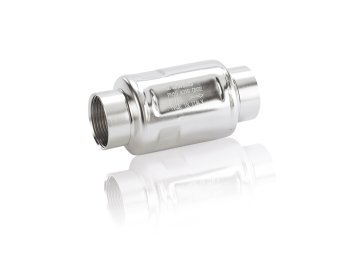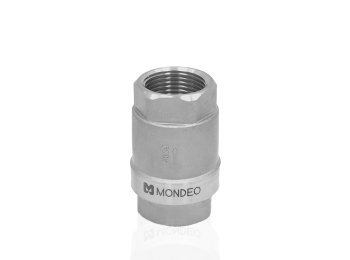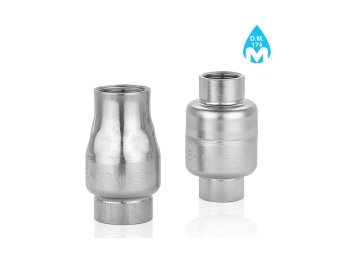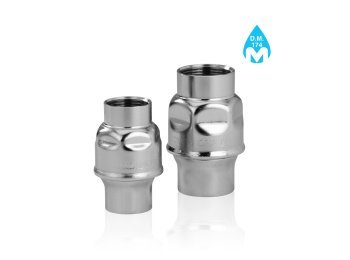The use of check valves in sewage systems: stopping flooding and backflow
In order to prevent flooding and backflow in sewage systems, it is necessary to install check valves
- Weather changes and water bombs can cause flooding problems
- Sewer check valves are an excellent solution
- Ball check valve is ideal for this type of application
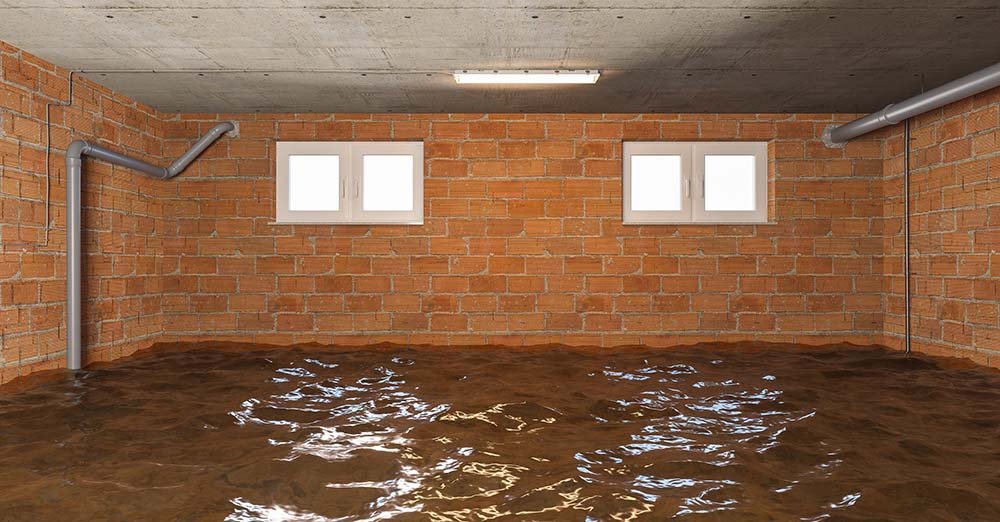
Sewer check valves: why they are so useful
By now we are beginning to get used to it: climate change is increasingly a reality and with it extreme weather phenomena. High temperatures and droughts alternate with heavy rains and water bombs that put a strain on the sewer system. Here then it is not so uncommon to find oneself with a flooded cellar or basement.
Installing a sewer backflow preventer valve is the easiest and most effective solution to prevent sewage from rising in our home, especially in rooms that are below street level.
Installed between the house drain and the outside sewer, possibly in a manhole that allows easy inspection, the check valve shields us from the unpleasant damage caused by flooding. Before considering which sewer check valve is most suitable, it is important to consider that this solution is ideal in many situations, not only to avoid the effects of heavy rains.
In fact, a sewer system can malfunction for several reasons:
- an overload situation, in areas of high density;
- in case of clogging, for a variety of reasons, of the sewer system;
- improper maintenance of the sewerage system.
In all these cases, the pressure created within the pipes causes wastewater to backflow and rise through the drains. If the non-return valve, also called a check valve, is not present in the sewer system, then it is time to take action by considering its installation.
Ball check valve is best suited for sewers
As can be easily seen from their name, check valves are constructed to flow fluid in only one direction. The plug, i.e., the moving element of the valve, is specially made to close under the pressure of the fluid when the downstream pressure exceeds the upstream pressure. In this way, thanks to the valve, the passage of fluid in the sewage system is unidirectional.
Among the different types of check valves, the one most suitable for the sewer system is the ball valve. In this type of valve, the plug consists of a metal ball that moves freely within the valve body. The upstream fluid pressure pushes the ball to a position that does not impede flow. When, in the event of an obstruction or overload, the flow stops, the ball returns to its housing, preventing backflow.
Ball check valves have some strengths that make them particularly suitable for a sewer system:
- the automatic operation;
- the movement of the ball that ensures total passage, which is ideal in the case of dense and dirty liquids with suspended solids such as wastewater;
- a low pressure drop;
- installation both vertically and horizontally;
- self-cleaning that makes the need for maintenance minimal.
Those who have experienced flooded rooms know that the damage is considerable: damage to furniture, swelling of wood, scaling of wall paint, oxidation of metal components. Moreover, when one is unfortunately faced with one of these situations, it is not always easy to be compensated, especially if the damage is caused by exceptional events. This is when resorting to the installation of a sewer check valve in one's system is in many cases the right solution, precisely because it helps prevent problems.




















